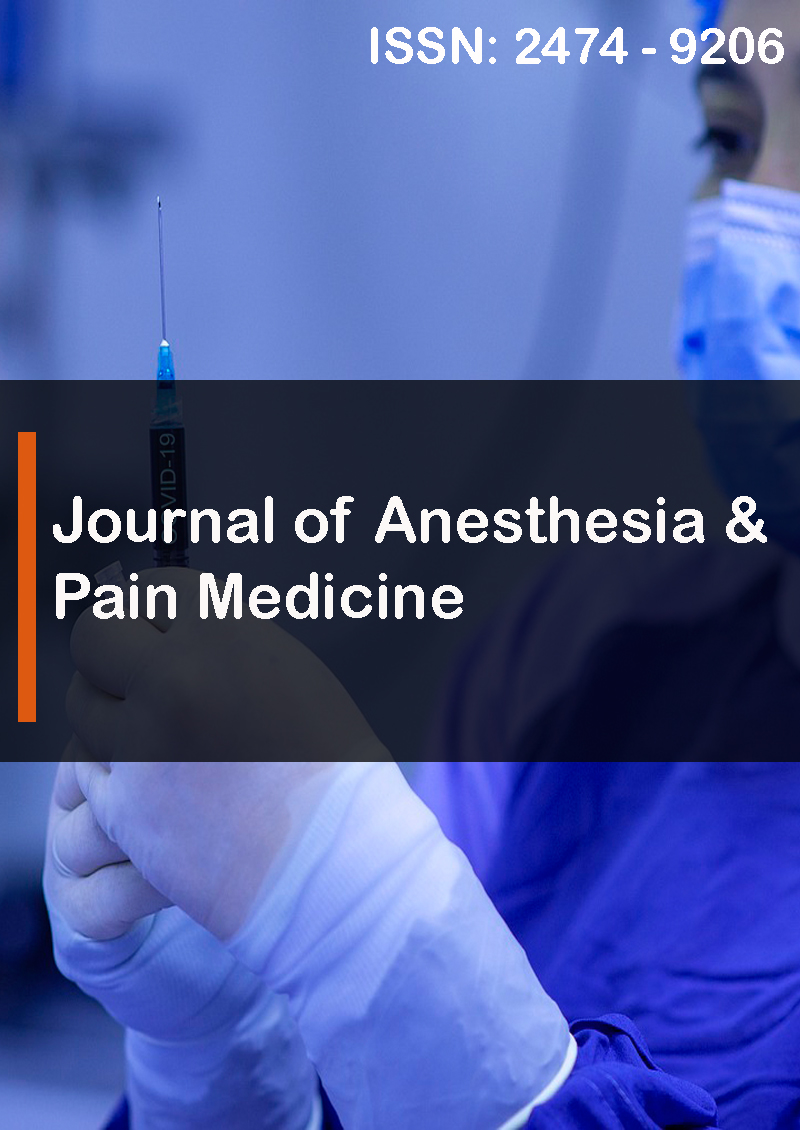Epidural Blood Patch as a Treatment Intervention in Post-Dural Puncture Headache: A Systematic Review of Randomised-Controlled Trials
Abstract
Sanad Esmail, Ahmed Salih and Mahdi M Esmail
Background: Post-dural puncture headache (PDPH) is a significant complication of interventions that deliberately or inadvertently involve perforation of the dura mater, which results in persistent cerebrospinal fluid (CSF) leak. If not promptly recognised or treated, it may be complicated by cranial nerve palsies, seizures and subdural haemorrhage. Epidural blood patch (EDBP) injection has been a widely used treatment in PDPH that remains refractory to conservative treatment (fluid replacement, analgesia and caffeine). The aim of this article is to systematically review the evidence underpinning EDBP in the treatment of established PDPH.
Methods: We searched PubMed, EMBASE and Medline databases for original Randomised-Controlled Trials (RCTs) that compared EDBP with conventional, sham or no treatment, in adult patients with established PDPH independent of aetiology.
Results: Three RCTs (n=84) met the inclusion criteria in this systematic review. These encompassed a total of 41 patients managed with EDBP versus 43 patients treated with conventional or sham treatments. All three RCTs individually showed superior therapeutic effects of EDBP over conventional or sham treatment in alleviating headache in PDPH.
Conclusions: Although this review supports the therapeutic efficacy of EDBP, which is consistent with observational studies, long-held expert opinion and trials that have outlined the prophylactic benefits of this procedure in preventing PDPH, the data identified is surprisingly limited. Further well-powered multi-centre RCTs, recruiting greater patient numbers, are required in order to enable definitive conclusions to be drawn on the therapeutic benefits of EDBP in the treatment of established PDPH



